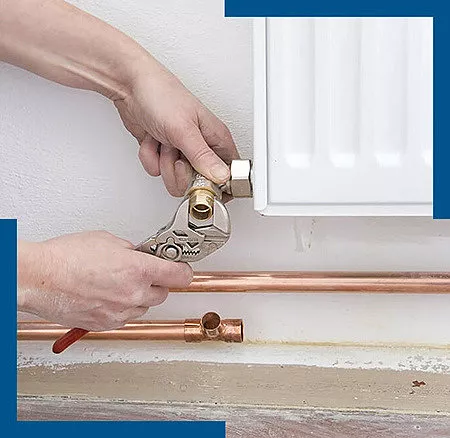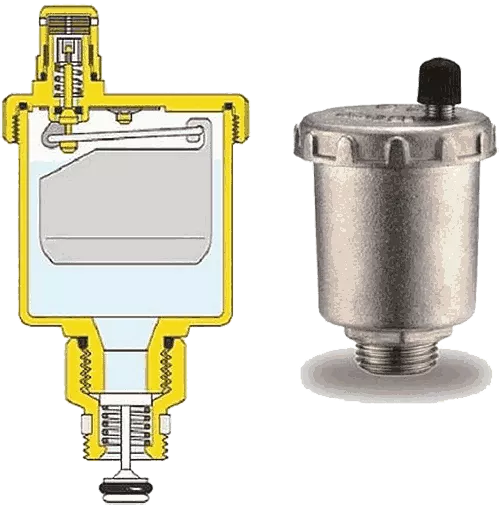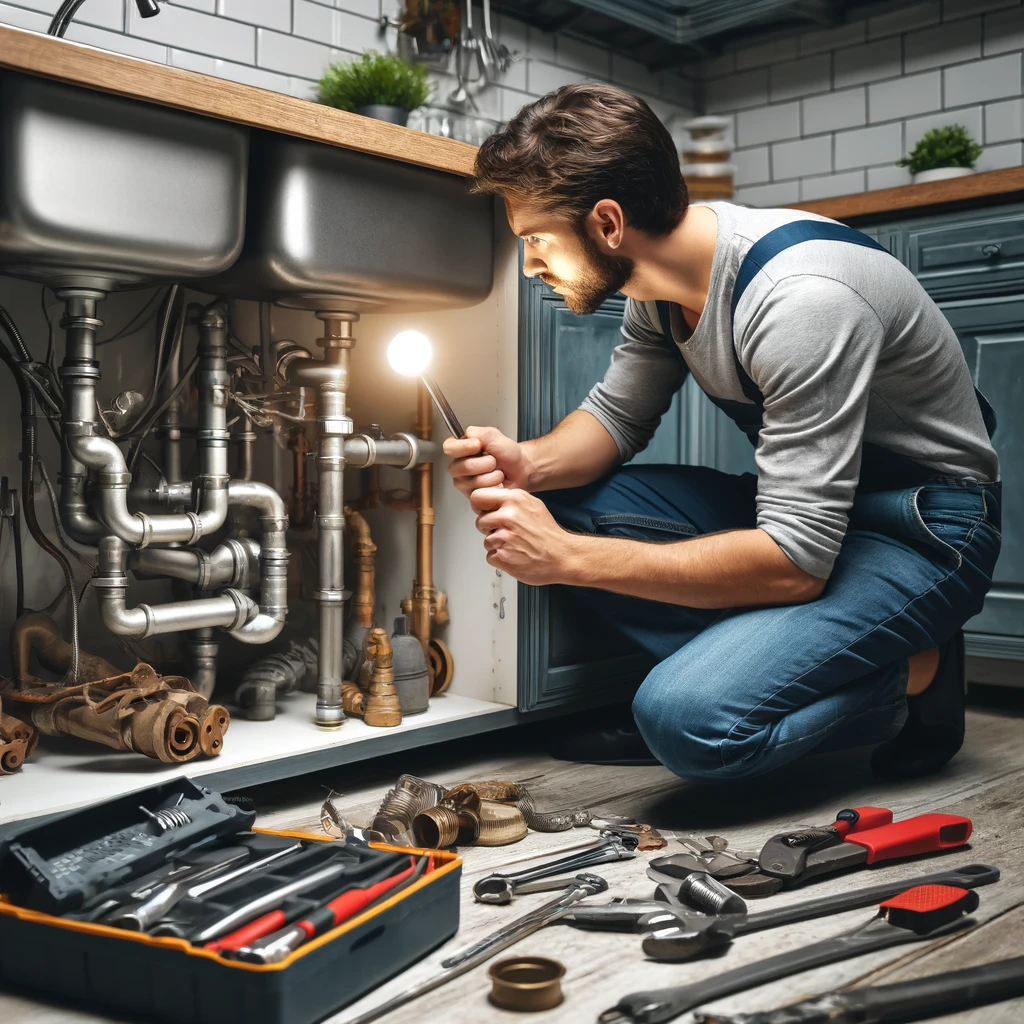Article Outline:
- Functions
- How It Works
- Advantages
- Where to Install
- What We Offer
In this short article, we’ll discuss how an air vent works in a heating system. Let’s start with a definition. An air vent is a device designed to remove trapped air or bubbles from a heating system. Air can enter a heating system from various sources, such as water, corrosion within the piping, etc. The accumulation of gaseous matter reduces heating efficiency and damages the equipment.
Functions
The tasks that the device solves:
Eliminating air blockages. Specialized devices remove accumulated air that can form in high-precision and high-temperature structures.
Preventing corrosion and deposit formation. Air can cause corrosion and deposits, reducing efficiency and the service life of equipment.
Design efficiency. Installing devices helps maintain uniform heat distribution across all radiators and structural elements, increasing efficiency and cost effectiveness.
All of this contributes to the selection and installation of a device. Properly selected equipment prevents air accumulation and maintains normal operation. However, in some cases, it may require repair or replacement. Regular inspection and maintenance will extend its service life.

How it works

Let’s look at the design of an air vent. First, there’s the housing. The device is enclosed in a metal shell with internal channels and chambers. Inside is a special air valve. This valve opens when air is present and closes when water appears. This allows for the automatic removal of gaseous substances.
Equally important are the float mechanism and a special gas vent. Some models also feature a float mechanism that rises when air accumulates, opening a valve to release it. When water fills the device, the float descends, and the valve closes. A special vent or valve removes air from the device. This process is usually automatic, but sometimes manual adjustment or cleaning may be required.
The device operates on three principles:
Water filling. When the heat is turned on, the gaseous substance rises to the upper points where the air vents are located.
Air venting. The valve or float opens, allowing the gas to exit the device through a special vent or valve.
Valve closing. When the air vent reaches the water, the valve closes to prevent liquid from escaping.
Advantages
Air vents ensure uniform heat distribution, making the system more efficient. Furthermore, these devices prevent vibration and noise, making the room more comfortable.
Another benefit is preventing equipment damage. Overheating and potential malfunctions can be caused by the presence of gaseous substances in the system. Air vents eliminate this risk, protecting the equipment from malfunctions. They are also chosen for the following reasons:
Cost savings. Regular maintenance and service of the devices helps reduce the cost of operating the heating system by preventing the need for frequent repairs.
Increased reliability. Properly installed and functioning devices increase the reliability of the heating system and reduce the likelihood of breakdowns and malfunctions.
Ease of use. Modern air vents automatically remove gaseous substances, simplifying maintenance and operation of the heating system for the end user.
All these advantages make air vents part of a reliable and efficient line, especially in large and complex structures where uniform heat distribution and minimization of water circulation problems are extremely important.
Where to install
To effectively remove air from the system, the device is installed at several key points:
The tops of radiators. This is a common location for air vents, as gaseous substances tend to rise to the top of the heating system. Installing special devices at the highest point of the radiator allows for effective removal of air from the coolant flowing through the radiator.
On manifolds. Manifolds are used to collect and distribute coolant to various heating circuits. Installing devices on manifolds helps eliminate air locks and ensure even heat distribution throughout the entire system.
At the top ends of vertical pipes. If the heating system includes vertical pipes, air vents can be installed at their top ends. This is also an effective location for removing gaseous substances from the circulating water.
Devices can also be installed at other high points in the system, depending on the heating system configuration.
What we offer
Optsantekh offers a wide range of plumbing products. We sell products for a variety of applications. You’ll find products from Grundfos, Honeywell, Far, Oventrop, Stout, Zehnder, and other brands. Selecting and purchasing will take just a few minutes. To do this, use the contact form on our website or call our managers.


